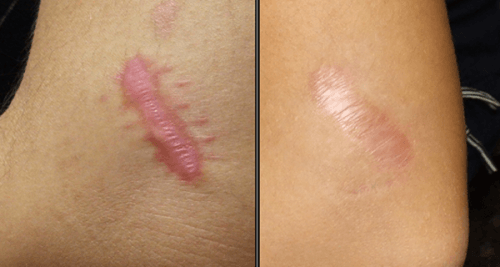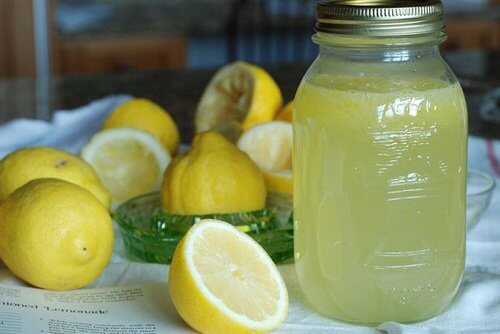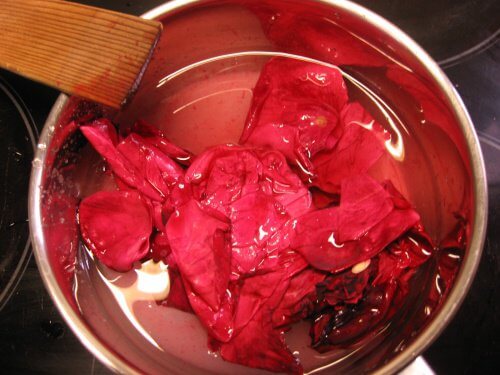How to Naturally Reduce the Appearance of Scars

Scars are skin lesions formed by an overgrowth of fibrous tissue at the site of a skin injury. Scars can appear as a result of surgical incisions, traumatic injury, burns, chickenpox, acne, radiation, and even small scratches. As time passes, the skin produces an excessive amount of collagen in an attempt to heal, resulting in the appearance of scars.
Even though scars pose no health risk, most people consider them to be an aesthetic problem. Luckily, you may be able to reduce the appearance of scars with home remedies.
So that you don’t have to take potentially dangerous and costly medications, we’re going to share the best natural remedies to reduce the appearance of scars here!
Read more here: 5 Turmeric Masks for Acne Scars
Apple cider vinegar

Apple cider vinegar is a cost-effective product that’s good for the skin. This natural ingredient may help you reduce the appearance of scars with consistent use.
How to use it
- Apply a little apple cider vinegar directly to the affected area with a gentle massaging motion until it’s completely absorbed.
- Let it dry for a few minutes then reapply for better results.
- Repeat two or three times a day for 4-5 weeks.
To avoid a possible allergic reaction, dilute pure apple cider vinegar in an equal amount of water.
Baking soda
You’re probably already familiar with the many uses of baking soda, both medicinally and as a beauty treatment. This product has a powerful abrasive and exfoliating action that may help reduce the appearance of scars.
How to use it
- Mix one part baking soda with three parts hydrogen peroxide to form a paste.
- Apply this paste directly to the scarred area to reduce inflammation and accelerate healing.
- Repeat 3 or 4 times daily.
Lemon juice

Thanks to its high vitamin C contents, lemon juice is an excellent skin treatment for treating scars. With frequent use, you may notice a significant improvement in the color, texture, appearance, and flexibility of your scars.
How to use it
- Before bed, apply some little lemon juice directly to the affected area.
- Let it work for a half hour, then rinse with warm water.
- Repeat this treatment every night.
Sandalwood and rose water

Combining these two ingredients results in an excellent natural remedy to help fight scars.
How to use these ingredients
- Prepare a paste from powdered sandalwood and rose water.
- Clean the area and apply the paste before going to bed.
- In the morning, rinse with warm water.
- Repeat this treatment every day for two months.
Garlic may help reduce the appearance of scars
This ingredient can be used medicinally to help improve skin health and reduce scars. Garlic may help reduce the formation of excess fibroblasts that cause unsightly scars.
How to use it
- Crush a raw garlic clove and apply it directly to the affected area for 10 minutes.
- After the recommended amount of time, rinse with warm water.
- Repeat this treatment daily.
All cited sources were thoroughly reviewed by our team to ensure their quality, reliability, currency, and validity. The bibliography of this article was considered reliable and of academic or scientific accuracy.
- Pullar, J. M., Carr, A. C., & Vissers, M. C. M. (2017). The roles of vitamin C in skin health. Nutrients. https://doi.org/10.3390/nu9080866
- Rajeswari, R., , M. Umadevi, C. S. R., & , S. Selvavenkadesh, K. P. Sampath Kumar, D. B. (2012). Aloe vera: The Miracle Plant Its Medicinal and Traditional Uses in India. Journal of Pharmacognosy and Phytochemistry.
- Vinegar, A. C. (2016). 40 Ways to Use Apple Cider Vinegar. Swanson Blog.
This text is provided for informational purposes only and does not replace consultation with a professional. If in doubt, consult your specialist.








